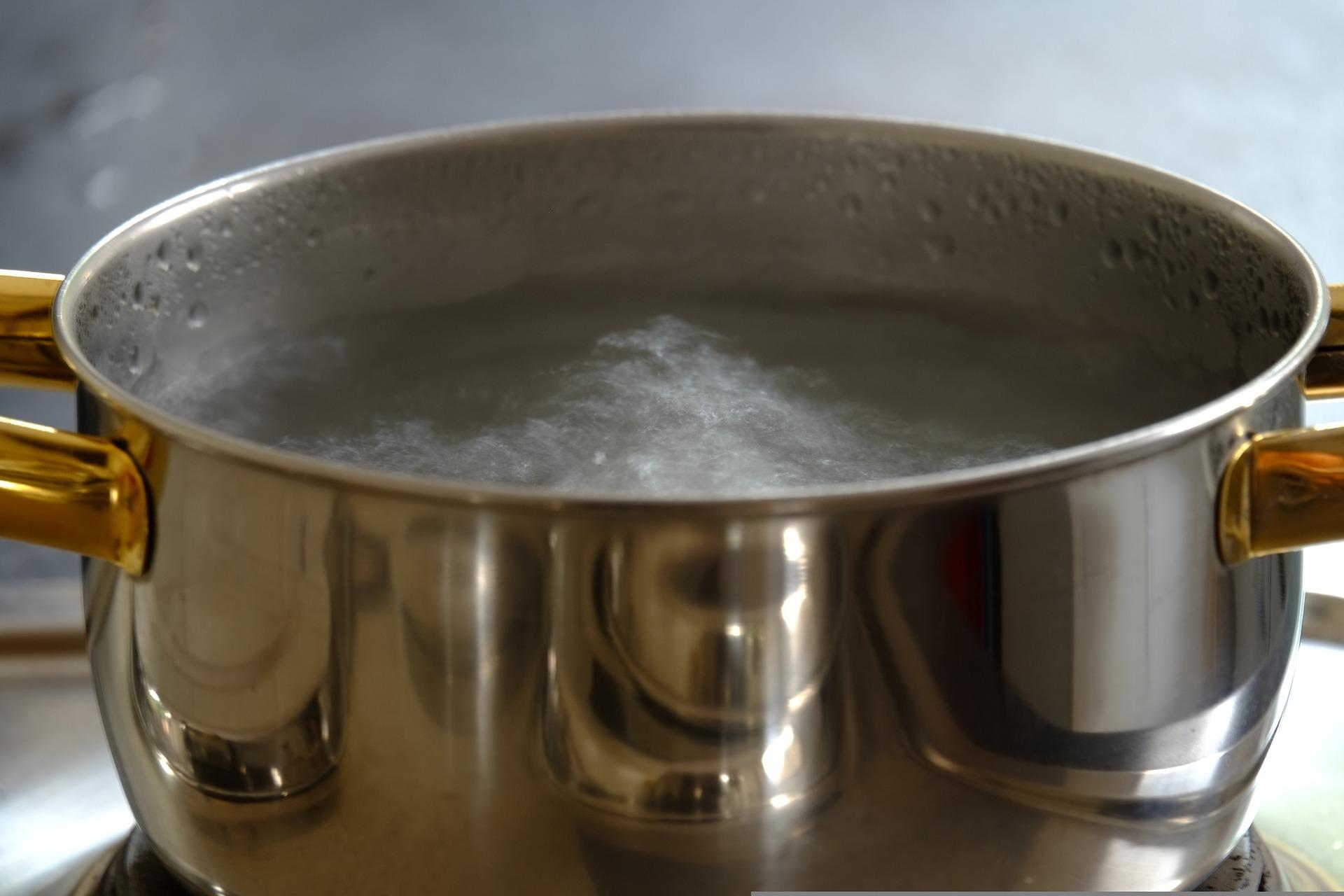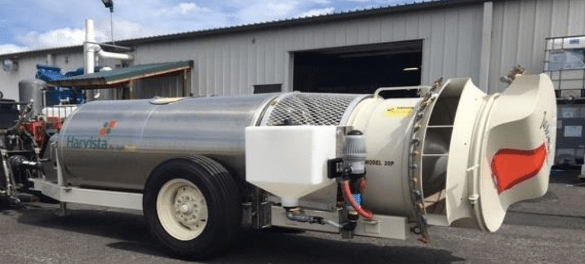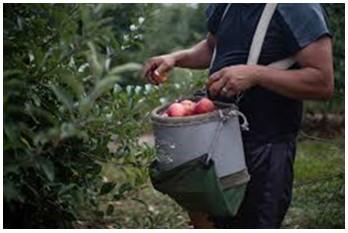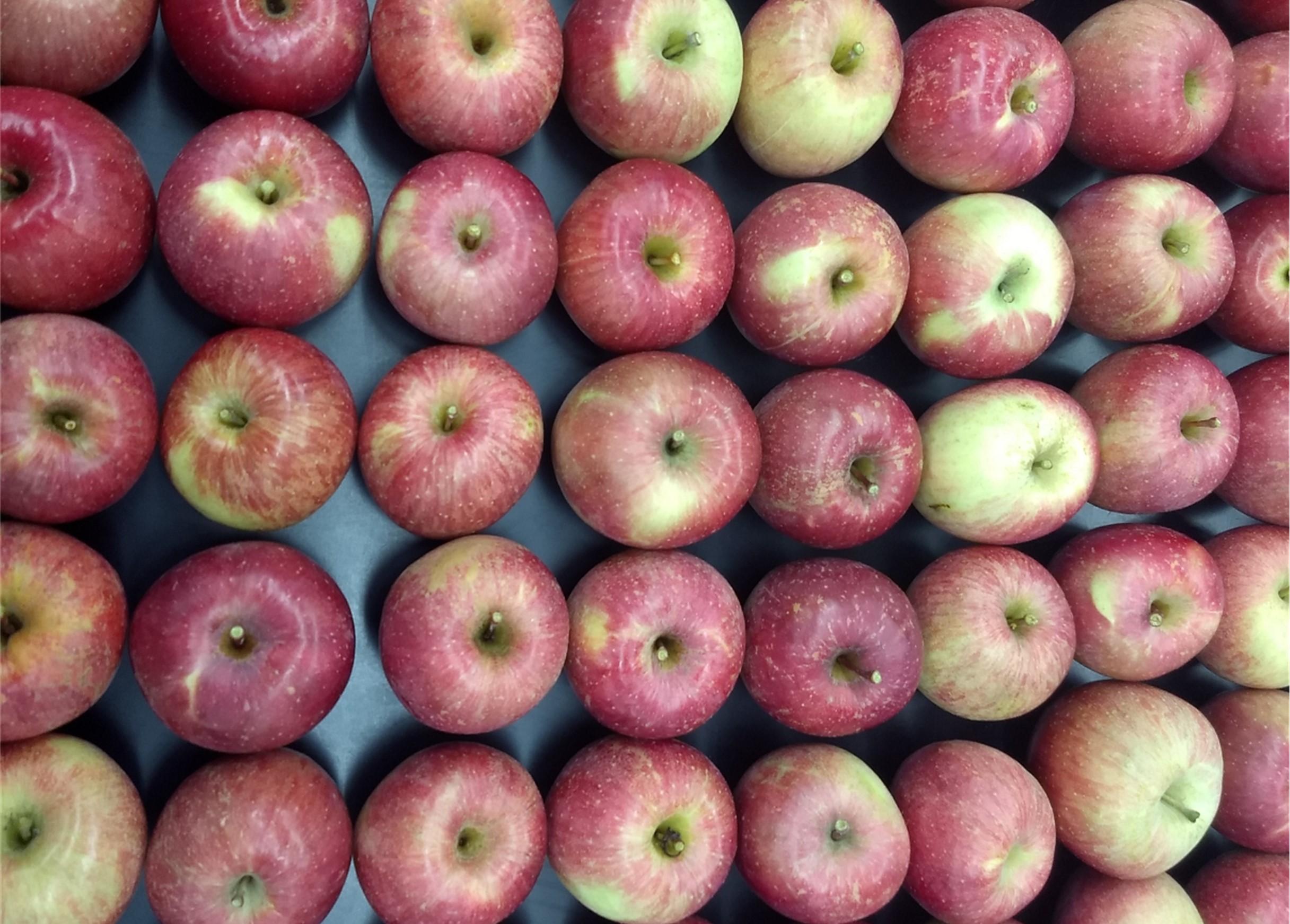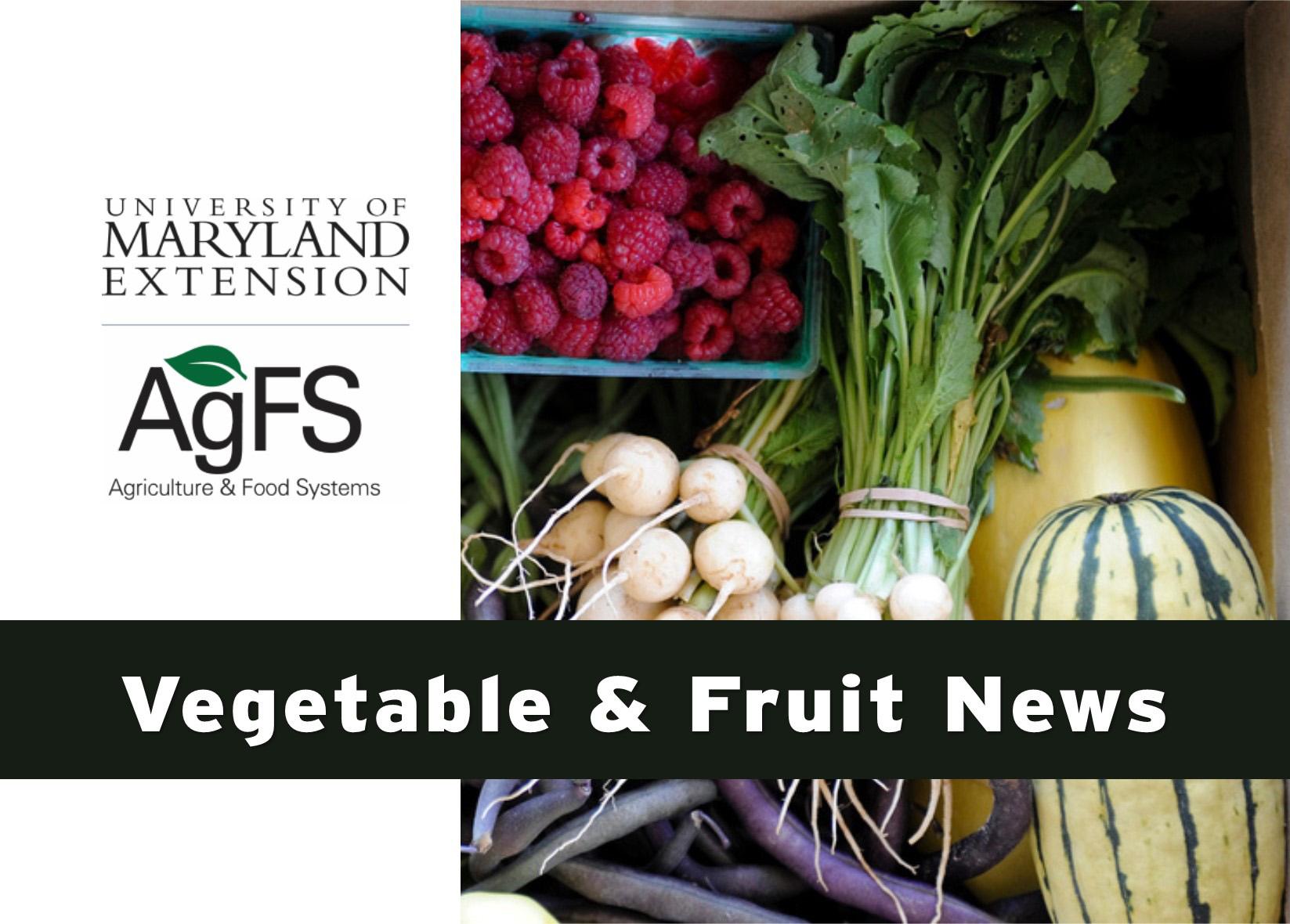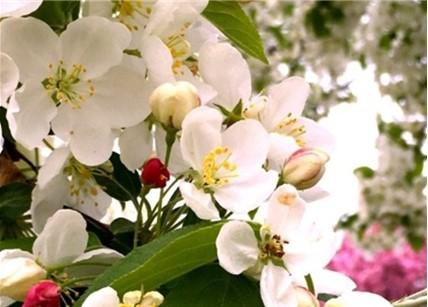Updated: October 12, 2022
From the Orchard to Cold Storage: A Closer Look at the Development of Nine Physiological Disorders in Apples (FS-2022-0640)
Physiological disorders are abnormalities within the different apple fruit tissues that lead to a loss of quality, marketability, and profitability, and therefore an increase in fruit loss and waste. Physiological disorders are not caused by pathogens or mechanical damage but can be a result of several factors, such as: genotype/genetic background (cultivar/strain), maturity at harvest time, orchard/preharvest factors, seasonal variations, and postharvest storage conditions.
Different cultivars are more prone to developing certain disorders than others, e.g., Honeycrisp fruits are highly prone to bitter pit development. In the case of maturity at harvest, it is known that fruit that is harvested too early are more prone to developing bitter pit, while fruits that are harvested too late (overripe) are prone to developing chilling injury. Besides, late-ripening cultivars are more susceptible to disorders such as watercore. Preharvest factors such as tree fruit mineral nutrition, rootstock selection, or crop load, have all been shown to play a key role in the development of physiological disorders, as bitter pit has been shown to be exacerbated in Honeycrisp fruit with low calcium levels and larger sizes. Additionally, environmental variations such as high temperatures, increased precipitation or excessive sunlight exposure can all trigger physiological disorder development. Finally, postharvest storage conditions, e.g., humidity levels, temperature, gas concentrations, which are key in maintaining fruit quality during storage, can also increase susceptibility to physiological disorders.
In this fact sheet we will take a closer look at nine physiological disorders that can develop in apples during postharvest storage, but can be triggered by the different factors described above. We will briefly discuss their symptoms, why and when do they develop, and how can they be prevented. Authors: Carlos Corte, Candidate for B.S. in Biochemistry, and Macarena Farcuh, Ph.D., Assistant Professor and Extension Specialist; Title: From the Orchard to Cold Storage: A Closer Look at the Development of Nine Physiological Disorders in Apples (FS-2022-0640)
Updated: October 5, 2022
All About Apple Rootstocks (FS-2022-0638)
Rootstocks are a key element in the establishment of any commercial apple orchard. Apple trees are not grown on their own roots, but propagated on rootstocks that can impart important characteristics to the tree, improving the economics and profitability of growing apples. The number of rootstocks available commercially has been steadily increasing. As there is a not a one-size-fits-all rootstock, it is of vital importance to be informed, and select the rootstock that satisfies your needs and performs best under your soil and environmental conditions. Authors: Sinead Claffey and Macarena Farcuh, Ph.D.; Title: All About Apple Rootstocks (FS-2022-0638)
Updated: June 29, 2022
How Can Growers Determine Apple Fruit Maturity and Optimal Harvest Dates? (FS-1180)
Independent of the target market of your apples, estimating optimum harvest dates is critical not only for scheduling labor, but also to ensure a high-quality product. Author: Macarena Farcuh; Title: How Can Growers Determine Apple Fruit Maturity and Optimal Harvest Dates? (FS-1180)
Updated: March 17, 2022
Fruit Texture and the Science Behind It (FS-1189)
Attaining the optimal fruit texture is a challenge all growers must face in order to maximize consumer acceptability. Fruit texture, and particularly flesh firmness, is an important maturity index, in combination with other quality parameters. Learning how to measure fruit texture and what factors that affect it is an integral part of orchard management. Authors: Macarena Farcuh, Cameron McPherson. Title: Fruit Texture and the Science Behind It (FS-1189)
